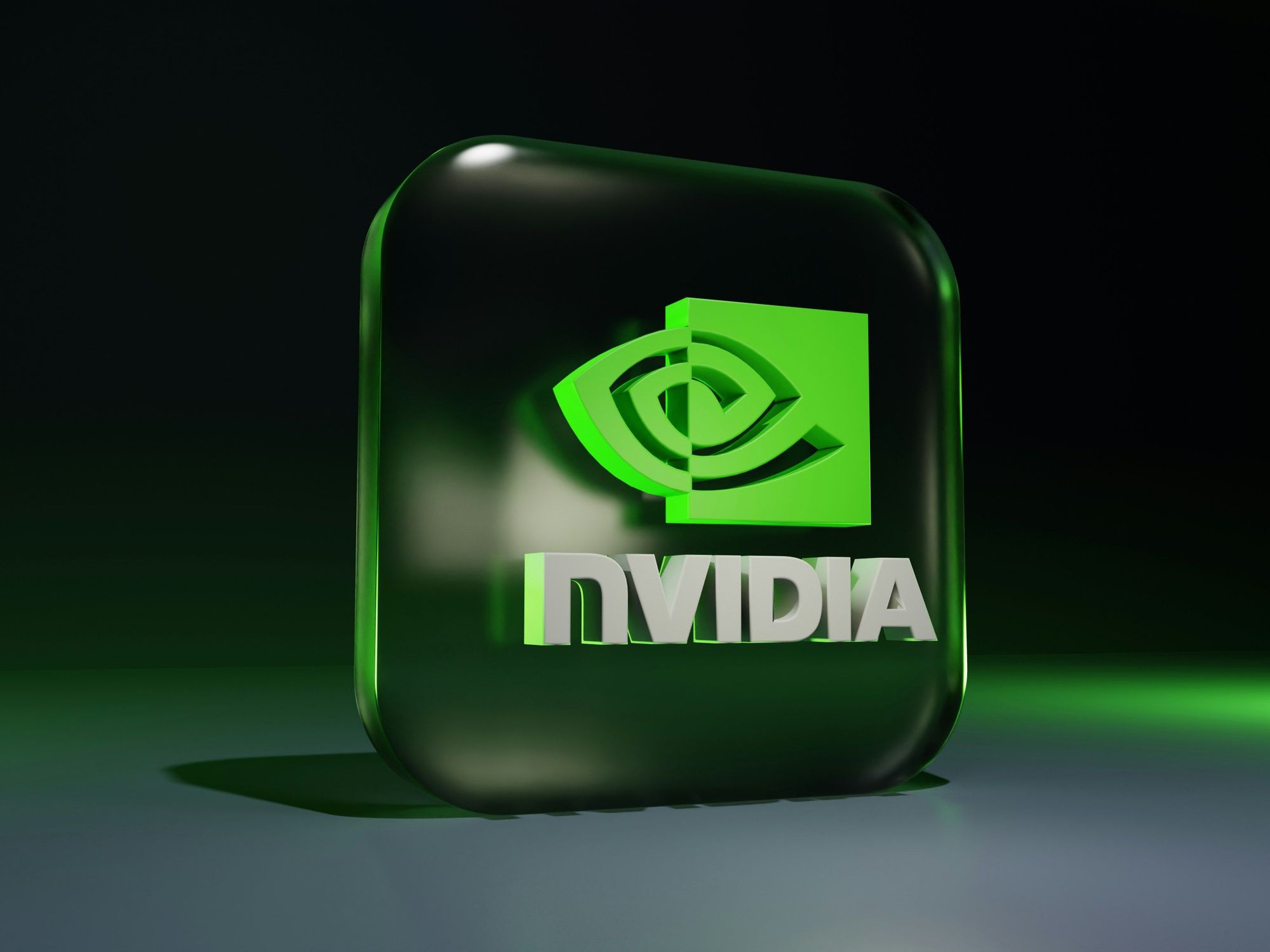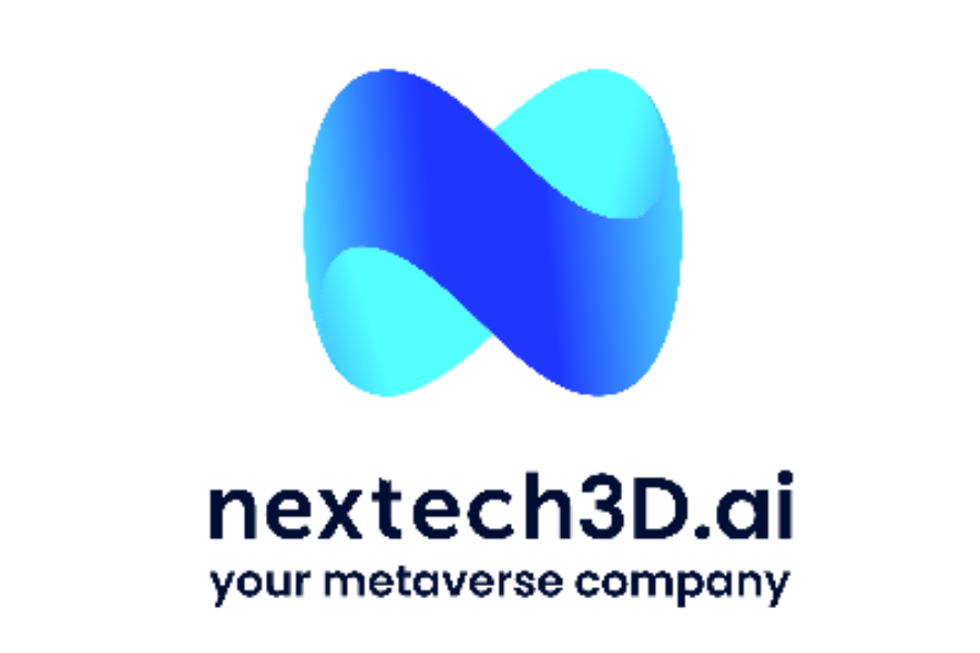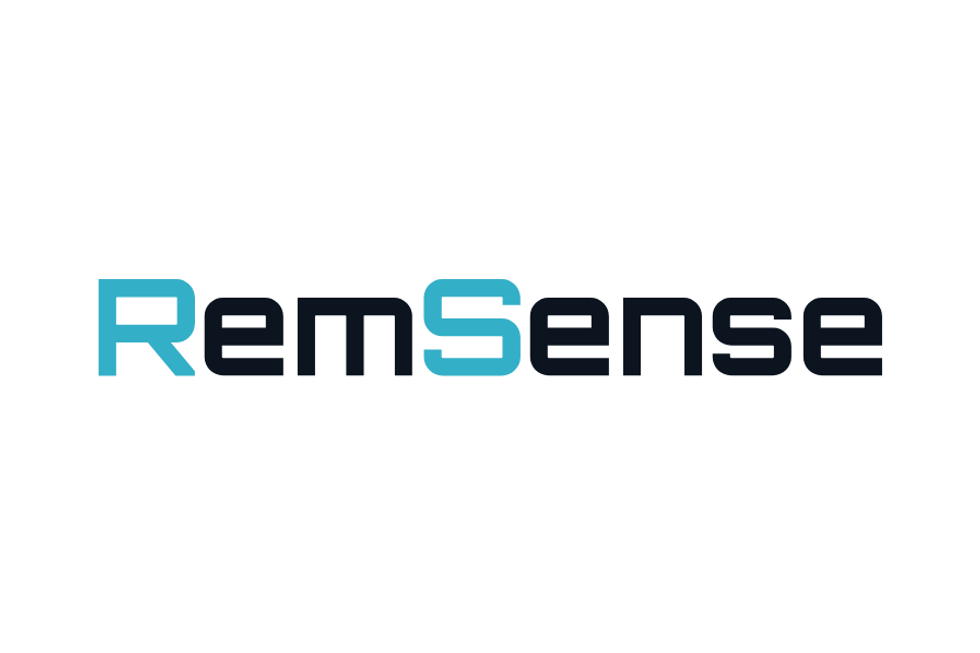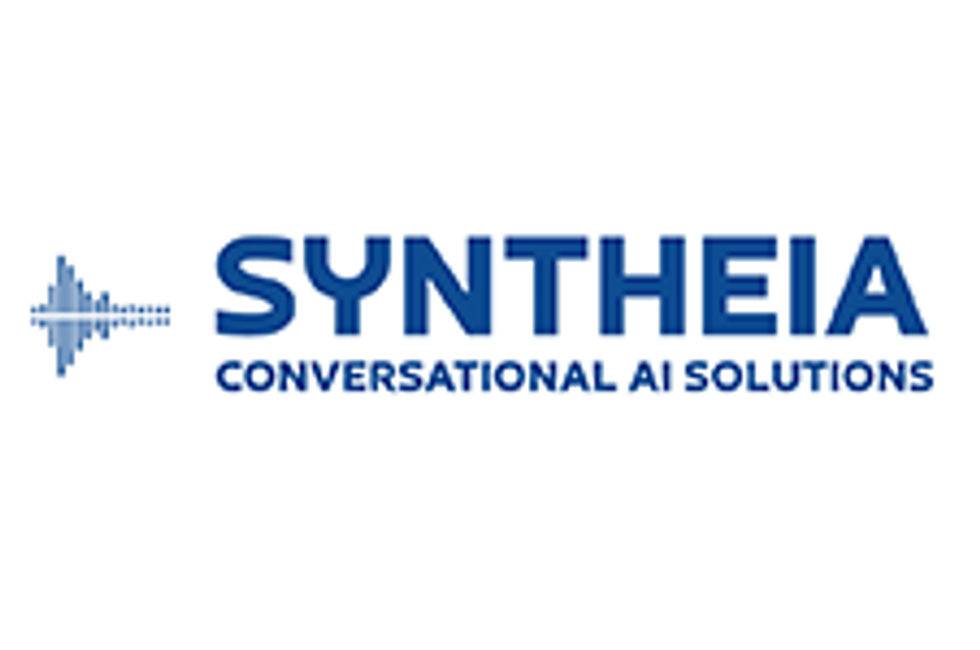NVIDIA CEO Highlights Blackwell Ultra Chip and Vera Rubin Platform in GTC Keynote
At an event dubbed "AI Woodstock," NVIDIA CEO Jensen Huang gave a detailed presentation on the company's future plans.

At this year's GTC event, NVIDIA (NASDAQ:NVDA) CEO Jensen Huang delivered on his promise to detail the company's latest advances in artificial intelligence (AI) and hardware.
GTC stands for GPU Technology Conference, and key announcements included the Blackwell Ultra AI chip, the next-generation Vera Rubin platform and a glimpse into future product roadmaps.
During his keynote, Huang emphasized the “tipping point of accelerated computing,” marked by a shift from retrieval to generative AI and driven by a combination of agentic and physical AI.
NVIDIA's AI-powered future
Huang’s speech, delivered without a script, highlighted NVIDIA's focus on the transformative power of AI, particularly in robotics and generative computing, while also touching on the company's moves forward in quantum computing with CUDA-Q, a platform for hybrid quantum-classical computing.
He showed how NVIDIA's technology is used to train self-driving vehicles, explaining how the company will provide the complete system, from the data center to the car itself.
Speaking of data centers, Huang addressed the critical role they will play in supporting the next stage of AI. NVIDIA is focusing on optimizing data centers to handle AI's massive computational demands, particularly for AI inference.
This involves a balance between speed and accuracy in token generation, crucial for cost-effectiveness. To support these needs, NVIDIA will deploy powerful configurations of its Blackwell GPUs. Each rack — an enclosure designed to hold multiple electronic equipment modules — is equipped with eight Blackwell GPUs. This dense configuration will allow for a high concentration of processing power within a compact footprint in modern data centers.
NVIDIA also introduced the Dynamo operating system, which is designed to manage and optimize large-scale AI infrastructure like data centers and “AI factories." These are designed to produce AI models and capabilities at scale with intensive computation, data processing and model training. Huang mentioned NVIDIA's collaboration with Perplexity, one of his “favorite, favorite partners,” on this project, but didn’t provide specific details.
The Omniverse and Cosmos software, which together will create simulated environments for training robots on synthetic data, is intended to leverage the Dynamo operating system for efficient deployment and execution.
The unveiling of NVIDIA's GR00T N1 — a dual-system architecture for humanoid robots — and its open sourcing were significant highlights at the GTC event. GR00T N1 allows robots to perform complex tasks, like handling objects and following multi-step instructions, addressing anticipated labor shortages by 2030.
In terms of graphics, Huang demonstrated improvements in real-time ray tracing, a technique for creating more realistic images. He also hinted at future GeForce graphics cards, suggesting that they will be smaller, use less power and perform better than current models.
Blackwell and Vera Rubin: NVIDIA's next-generation hardware platforms
Hardware advances were central as well. Huang said the Blackwell system is now in full production, with architectural improvements, including increased transistor density and optimized data pathways for AI workloads to deliver 1 exaflop of FP4 performance, an increase of 25 times over the previous Hopper architecture.
NVIDIA also unveiled Blackwell Ultra, a higher-performance variant of the Blackwell GPU designed for demanding AI workloads. It is slated for release in the second half of 2025.
Later, Huang detailed the Vera Rubin platform, NVIDIA's next-generation platform that will succeed Blackwell in H2 2026. The Vera Rubin platform features the Rubin GPU, which will utilize HBM4 memory, and the Vera CPU. An enhanced version of the Rubin GPU, Rubin Ultra, utilizing HBM4e memory, is also planned for 2027.
Forging strategic partnerships for future AI tech
Partnerships were another key theme, with announcements including:
- A collaboration with General Motors (NYSE:GM) to integrate AI technology into next-generation vehicles, factories and robotics.
- A partnership with the telecom industry to develop “AI-native” wireless network hardware for upcoming 6G networks.
- Collaborations with DeepMind and Disney Research on the Newton physics engine, aimed at improving AI training through real-time simulation.
How did NVIDIA's share price perform?
NVIDIA's share price has fluctuated following a record-shattering run in 2024 that saw it briefly surpass Microsoft (NASDAQ:MSFT) and Apple (NASDAQ:APPL) as the world’s most valuable stocks on more than one occasion.
NVIDIA's record high of US$149.43, recorded on January 6, has been in decline since due to macroeconomic factors, combined with speculation that the company could be past its peak. Its customers have turned to competitors like Broadcom (NASDAQ:AVGO), or are working to develop chips of their own. The company also faced setbacks rolling out its Blackwell product line and is challenged by export restrictions to China, a large customer base.
Despite this, NVIDIA reported strong financial results for the fourth quarter of 2025, exceeding analysts' expectations with significant revenue growth driven by high demand for its AI solutions. Following those results and Huang's optimistic remarks about the demand for the Blackwell architecture, NVIDIA's share price saw a 3.67 percent increase.
However, NVIDIA's share price dropped over 3 percent in early trading on Tuesday (March 18), hours before Huang was set to take the stage, following a report from the Information on Amazon’s (NASDAQ:AMZN) AI chips.
As the keynote progressed, NVIDIA's share price saw a slight uptick, but declined by 3.35 percent to close at US$115.43, followed by an additional decrease in after-hours trading.
Don't forget to follow us @INN_Technology for real-time news updates!
Securities Disclosure: I, Meagen Seatter, hold no direct investment interest in any company mentioned in this article.





